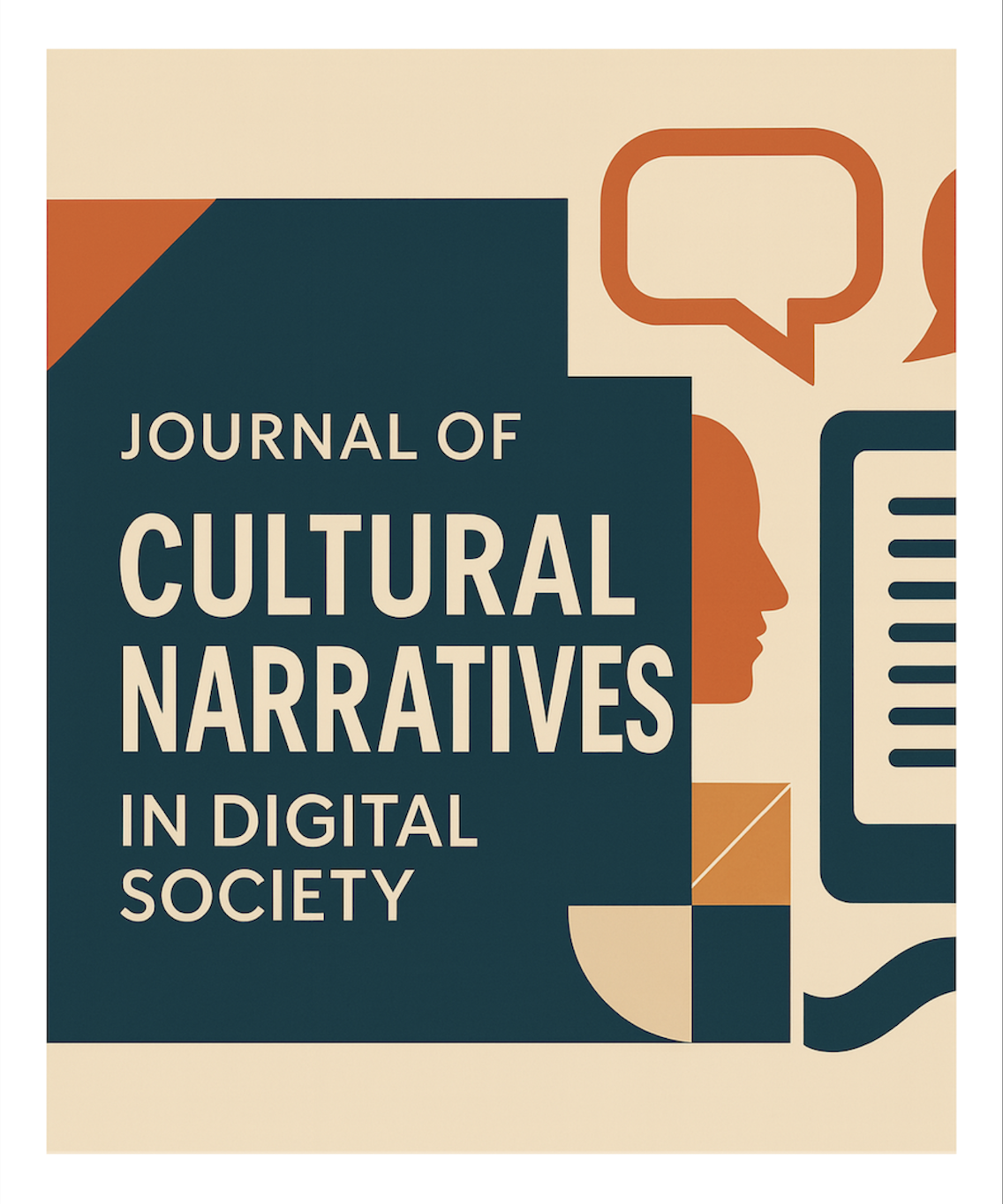The Effectiveness of the Online Crossword Puzzles as the Vocabulary Learning Tool for the Tenth Grade Students of MAN 2 Palu
DOI:
https://doi.org/10.26740/jcnds.v1i1.42668Abstract
The use of crossword puzzles has been widely used in paper-based forms; in this study, the use of crossword puzzles is integrated with digital technology. This form offers more interactive and engaging alternatives than traditional paper-based formats. This research was conducted at MAN 2 Palu. The aim of this research was to find out the effectiveness of the use of online Crossword Puzzles as a tool for learning vocabulary in the tenth-grade students of MAN 2 Palu. This research applied a quantitative method with a quasi-experimental design. There were two classes: Experimental class (XE), which was taught by online Crossword Puzzles, and the control class, which was taught by the conventional method. The total number of students was 35 in each class. The instrument used in this research was a test in the form of multiple choice, translation, matching words and a cloze test. The test was divided into pre-test and post-test to investigate the students’ vocabulary mastery in the experimental and control classes before and after treatment. The result of the research showed that the use of online Crossword Puzzles improved students' vocabulary mastery significantly. It can be seen that the result of the T-test (16.370) was higher than the T-table (2.032). Based on the data analysis, it can be confirmed that H0 is rejected, and Ha is accepted. Thus, it can be concluded that the use of online Crossword Puzzles is effective as a vocabulary learning tool for the tenth-grade students of MAN 2 Palu.
Downloads
Published
How to Cite
Issue
Section
 Abstract views: 147
,
Abstract views: 147
, PDF Downloads: 82
PDF Downloads: 82





